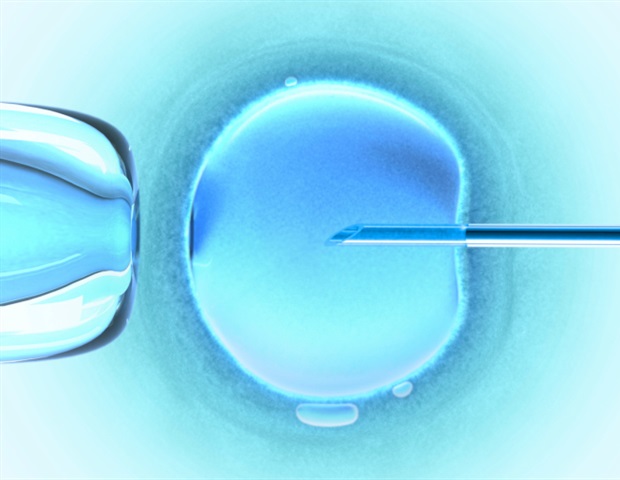
[ad_1]

Infertility impacts round 48 million {couples} worldwide and may have varied causes. In mammals, together with people, eggs are produced within the ovary. When this course of goes improper, it could actually result in feminine infertility. One instance of that is untimely ovarian insufficiency, which is characterised by issues with egg manufacturing earlier than the age of 40. As much as 3.7% of females expertise infertility on account of this situation, and round 30% of instances are on account of genetic variations. Professor Kehkooi Kee, from Tsinghua College, China, who helped lead the research, has been investigating this situation for a number of years. “In 2019, our collaborators, Professor Li’s crew, encountered a household with untimely ovarian insufficiency wherein adjustments to a gene known as Eif4enif1 seemed to be chargeable for the illness,” mentioned Professor Kee. The researchers determined to breed this genetic change in mice to attempt to perceive the way it impacts human infertility. They present that the eggs of those mice are affected by adjustments to their mitochondria – the powerhouses of the cell – and publish this new discovery within the journal Improvement on 13 December 2023.
The researchers used CRISPR to introduce the genetic change within the mice. They allowed these mice to develop up after which in contrast their fertility with the fertility of mice whose DNA had not been edited. Yuxi Ding, the primary creator and a MD/PhD pupil who led the research, discovered that the common variety of whole follicles (the tiny sacs that comprise growing eggs) was lowered by roughly 40% in older and genetically edited mice (the common pup quantity in each litter was lowered by 33%. Importantly, when grown in a dish, about half of the eggs that had been fertilized didn’t survive past the early phases of improvement. This demonstrated that, similar to the human sufferers, these mice had been experiencing issues with fertility.
When the researchers studied the eggs from these mice beneath the microscope, they seen one thing uncommon about their mitochondria. Mitochondria produce the vitality that cells, together with egg cells, want. Mitochondria are often evenly distributed all through the egg, however the mitochondria in eggs from mice with the genetic variation had been clustered collectively. “We had been truly stunned by the variations within the mitochondria,” mentioned Professor Kee. “On the time we had been doing this analysis, a hyperlink between Eif4enif1 and mitochondria had not been seen earlier than.”
It appears probably that these misbehaving mitochondria are contributing to the fertility issues in these mice, main the researchers to suggest that restoring correct mitochondrial habits would possibly enhance fertility. This research supplies path for future analysis in human infertility, comparable to establishing whether or not mitochondrial defects are additionally discovered within the eggs of human sufferers with untimely ovarian insufficiency and whether or not these similar mitochondrial defects are noticed in embryos after the eggs are fertilized. As well as, testing whether or not restoring the traditional distribution of mitochondria improves fertility may grow to be a brand new therapy technique. “Our analysis means that rescuing oocyte mitochondria abnormality may very well be a possible therapeutic goal for medical infertility sufferers with genetic variants,” says Professor Kee.
Supply:
Journal reference:
Ding, Y., et al. (2023) Eif4enif1 haploinsufficiency disrupts oocyte mitochondrial dynamics and results in subfertility. Improvement. doi.org/10.1242/dev.202151.
[ad_2]